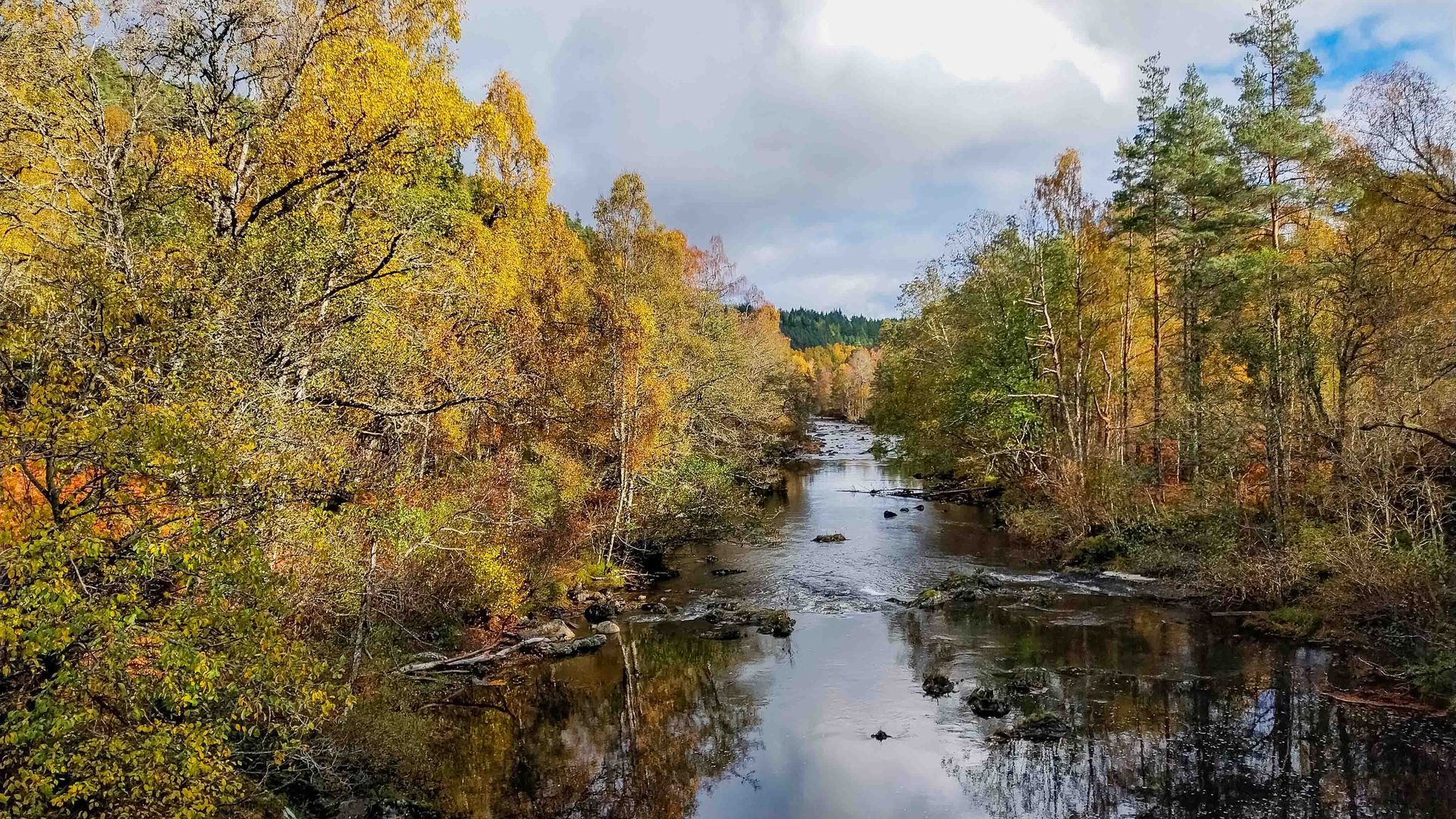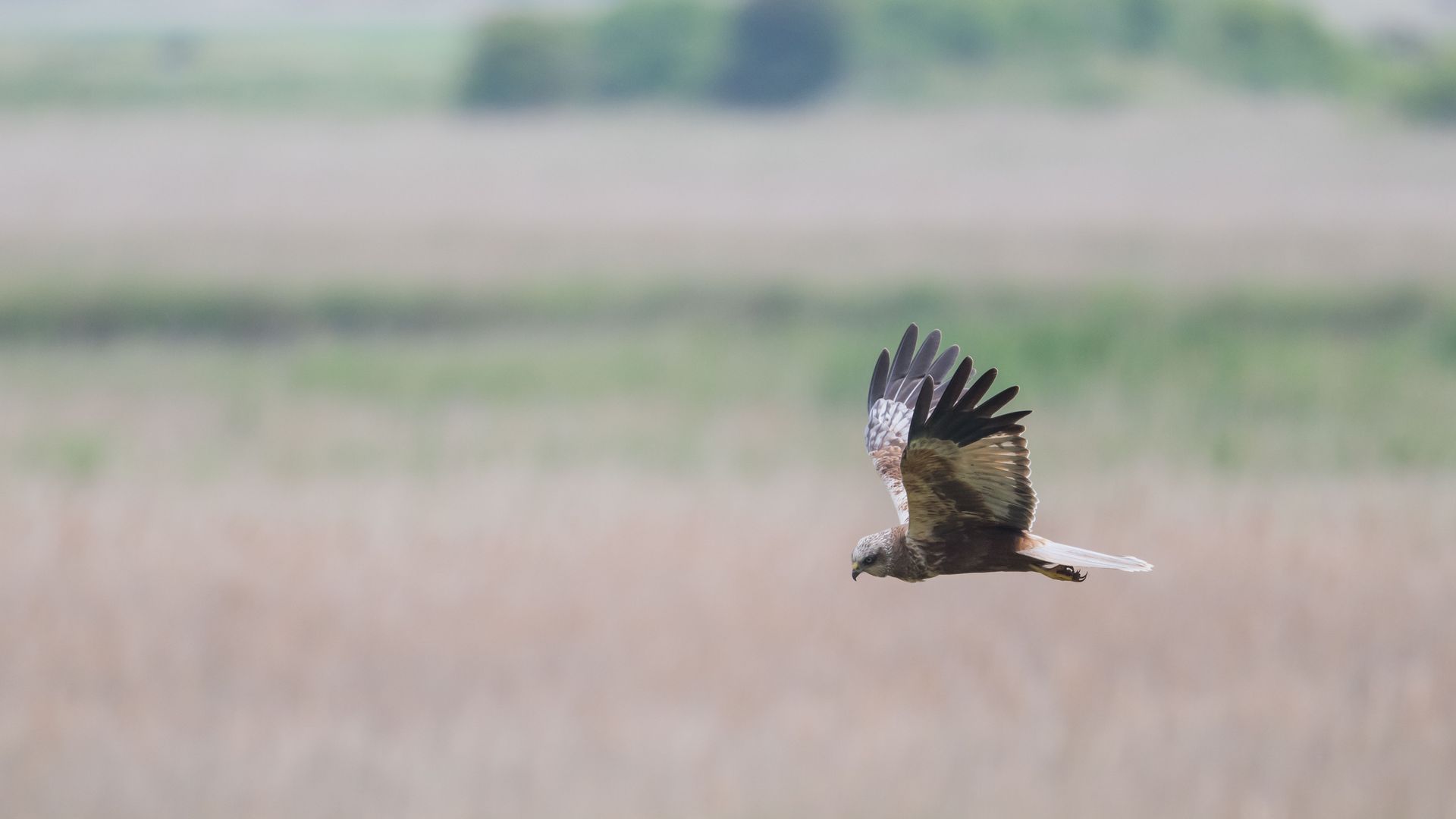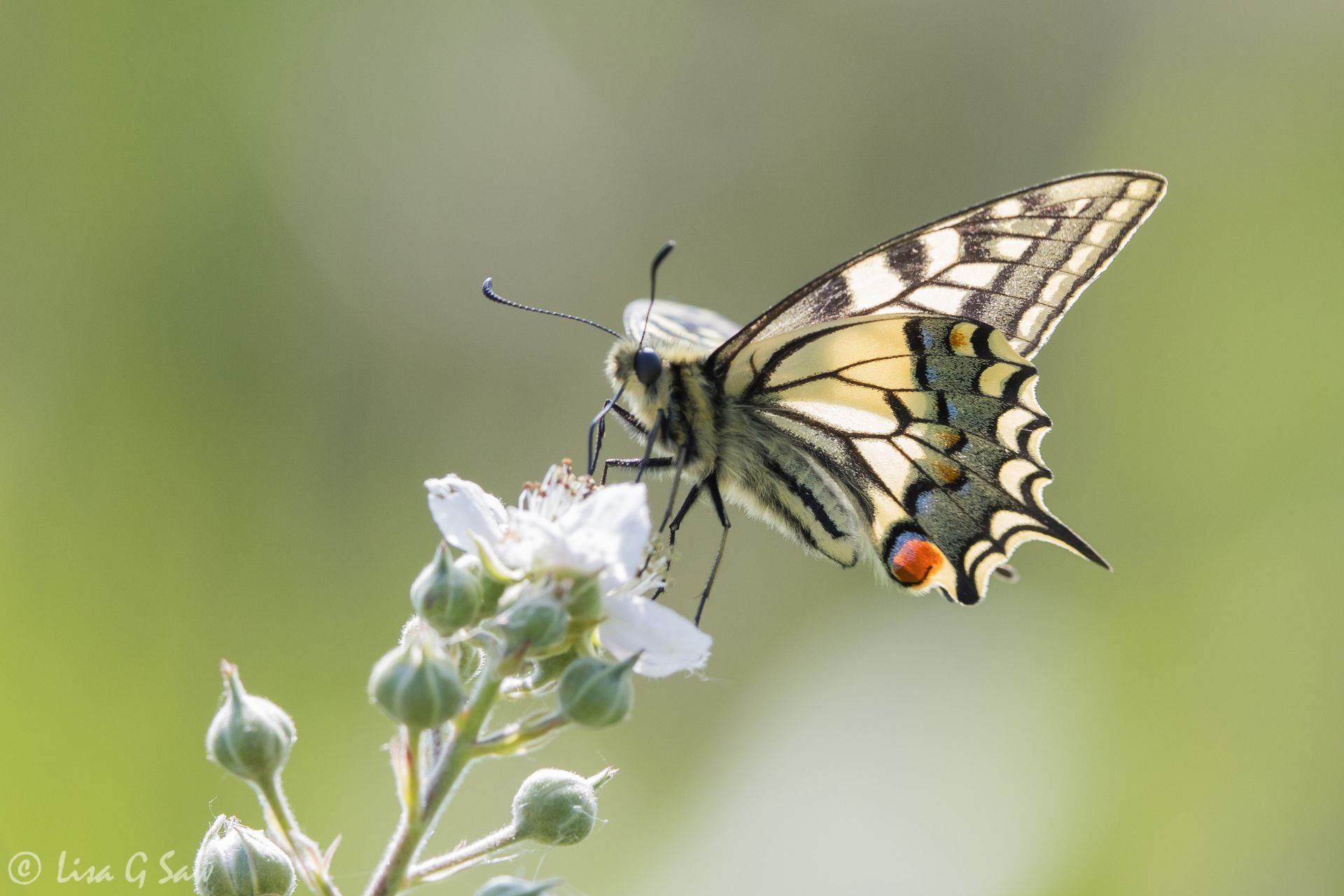Stoatally Fantastic
On the drive home from my holiday on the Isle of Mull, I had an overnight stop near WWT Martin Mere in Lancashire. It meant my friend and I could visit the reserve the following morning for a couple of hours before being couped up in the car again for the rest of the day. Since the car was filled with all our luggage and camera equipment, one of us stayed by the vehicle whilst the other explored. The plan was to swap over and then be on our way again. My friend went walkabout first. It gave me a great opportunity to jot down some notes for my blog about the holiday. Just over an hour later, she returned looking unethusiastic. She hadn't seen a great deal from the few hides she'd visited. It was a bit disappointing to hear. Then she casually mentioned seeing what might have been a Stoat. My mood suddenly picked up and my interest was piqued. This was something to be excited about! Since she wasn't 100% sure, we had a look at the photos she'd taken. Sure enough, the characteristic black tail confirmed it had been a Stoat. She was now much more animated and mentioned having had two quite good sightings. She then explained whereabouts she'd been, so I could head there and hopefully see it for myself. She felt sure I'd have a good chance because it seemed to be moving about quite a bit, but within the one area.
Off I set, full of eagerness. I didn't have any interest in visiting the hides. I just wanted to see the Stoat. My previous few sightings were either too fleeting to appreciate or photograph, or in really bad light and too far away. The opportunity to see one in daylight, relatively close, was so exciting. Maybe, I'd finally have a decent Stoat photograph. I walked swiftly along the path towards the place that sh'ed described, then slowed down to a snails pace as I neared it. I didn't see anything. I stood around waiting for a little bit, but still no joy. Rather than stay put, I continued to amble along to the end hide, all the while still hoping I'd be lucky on my way back. There was a lovely sunny spot with about six different species of butterfly all in close proximity to each other. As much as I love seeing butterflies, I didn't linger on this occasion. After taking a few photos, I headed back to the Stoat zone.
Ever so slowly, I made my way along the path, trying to be as quiet as possible. My camera was cradled in my arms, ready for any action. I'd learned from past experience how lightening quick Stoats can be - gone in a flash! I didn't want to miss my opportunity to photograph one, yet again.
Suddenly, up ahead of me at least 10m or more, I saw a small creature dart across the path. It disappeared out of sight into the vegetation on the other side. Moments later, it reappeared and ran further up that side and then disappeared again. Then finally, it scamptered back across the path. I felt sure it was the Stoat. It's behaviour suggested it might come back again, so I strolled up to where it had been. Fortunately, there was a small clearing to one side of the path and rather conveniently, a large stone for me to sit on. I sat down and waited quietly, hoping it would return.
My patience was rewarded. A female bounded along the footpath right in front of me, hardly 3m away, with a little youngster hot on her heels. Wow! Two! I held my breath in sheer delight and amazement. I never dreamed I'd see two Stoats together. They both stopped and looked at me, whilst I took some photos. (You can really appreciate the difference in size and colour between the kit (left) and the adult (right).)
The mum reappeared shortly after, still aware of my presence, looking directly at me. After a moments pause, she scampered off down the path, clearly on a mission. Probably to find some food for the kit she was leaving behind. It was hiding in the undergrowth. Every now and then, I could see the ivy twitch and move. The kit certainly wasn't sitting still. Suddenly, it was fully visible again at the edge of the path. With its nose close to the ground, it ventured further out away from cover.
Gradually, the kit inched over in my direction, and began to explore the logs and vegetation on my side of the path. It was less than 2m from me. The little one simply ignored my presence, unthreatened. I sat still, enjoying this very special moment. What a privilege! I was so thrilled. Mesmerised, I watched as the youngster continue to explore its surroundings, popping its head up through the ivy occasionally, before it eventually did retreat to the other side of the path again and over the bank. It was simply gorgeous!
The mum briefly appeared shortly after, but with something in her mouth - a chick of some description - taken from a nest nearby. It was sad to see, but such is nature and the fight for survival. She had a hungry mouth to feed. With them both out of sight, I wasn’t sure if they would reappear. I waited longer - ever hopeful. The minutes passed by and I started to doubt they would be back. Standing up to stretch my legs, I decided to walk a little along the path, but not too far away. I then turned around and ambled back again.
Just as I neared the clearing where I'd been sitting before, suddenly, from around the corner, five or six Stoats came bounding towards me along the side of the path. I scarcely had time to count. But as soon as they saw me, the adult darted into the ivy again, quickly followed by her offspring. Evidently, she had more than one mouth to feed! It all happened so quickly, I didn’t even get a photo. It was disappointing. But how amazing to see a family of Stoats! I didn't think the day could get any better.
I figured she'd been to collect the kits from their hiding place, now that she had some food for them. If they were about to feed, I wasn't convinced I'd see any of them again. But, I continued to linger on the path, just in case. I still had some time before I needed to head back to the car. The minutes slipped by slowly. There was no more movement. After a little while, a family passed me and shortly after, a little girl ran down the path that was on the other side of the bank. It felt like a sign. I hadn't realised there was a path there. I thought either I was supposed to look on that side, or it was just possible her presence might've disturbed them. Perhaps they'd reappear on my side again. I waited, but nothing happened. Eventually, I gave up and walked around the corner to find the access to this slightly hidden path. It was darker and overshadowed by the trees. Only small pockets of dappled light reached the ground.
It was fascinating to watch their behaviour. One kit had wondered off much further than the path and came bounding back down the bank with what I thought was another chick of some description in its mouth. In fact, I'd even thought it was the mum. It moved so quickly. It was only when I saw the photos afterwards that I realised it had only been moss and one of the kits. Perhaps it was helping to build a new nest for the day.
With poor light and their fast speed, it was a challenge to capture good photos that weren't too grainy (when using a high ISO). I kept willing them to move into the dappled light, and occasionally they did, but not often! Stoats certainly aren't the easiest of subjects to photograph!
There were two in particular that were more adventurous and play fighting. Gradually they came much closer to my position and both of them scrambled up a tree stump near me. I was amazed by how unperturbed they were by our presence. They were so curious. It was wonderful to witness. I was truly captivated by them.
I only ever saw three kits at any one time. It was impossible to tell them apart, so it may have not been the same three individuals I saw throughout the encounter.
Eventually, one of the kits came out into the open with a Moorhen chick (I think) hanging limply from its jaws. It stopped in the light, just as I'd been hoping for. I clicked the shutter button. At last, the shot I wanted. Well, perhaps I'd prefer not to have had another creature in the kit's mouth, but such is life. I was happy with the photo, even though I knew it would never make it onto one of my calendars! Soon after, they all disappeared into the ivy at the base of a tree. I wasn't sure if I'd see them again. I figured they might've been resting. It definitely went quiet for a while.
It was good timing really, as I needed to get back to the car. I felt so bad my friend had missed it all. Although we were supposed to be heading off, I felt she should have the opportunity see them for herself. What did it really matter if we were a few hours later home that evening? When you have such a golden opportunity like that one, you shouldn't really walk away. Unfortunately, despite staying longer, and both of us having another stab at watching the Stoats, neither of us saw anything more.
I have to say, it was extremely difficult to tear myself away. But, what a glorious 45 minutes I'd experienced. What a priviledge. I was totally enraptured by the Stoat family. I'd only hoped for a solitary decent photo in daylight. I never dreamed I'd have such an amazing encounter. It was so much more valuable and memorable than simply obtaining a good photo. It was fabulous. Stoatally fantastic!



